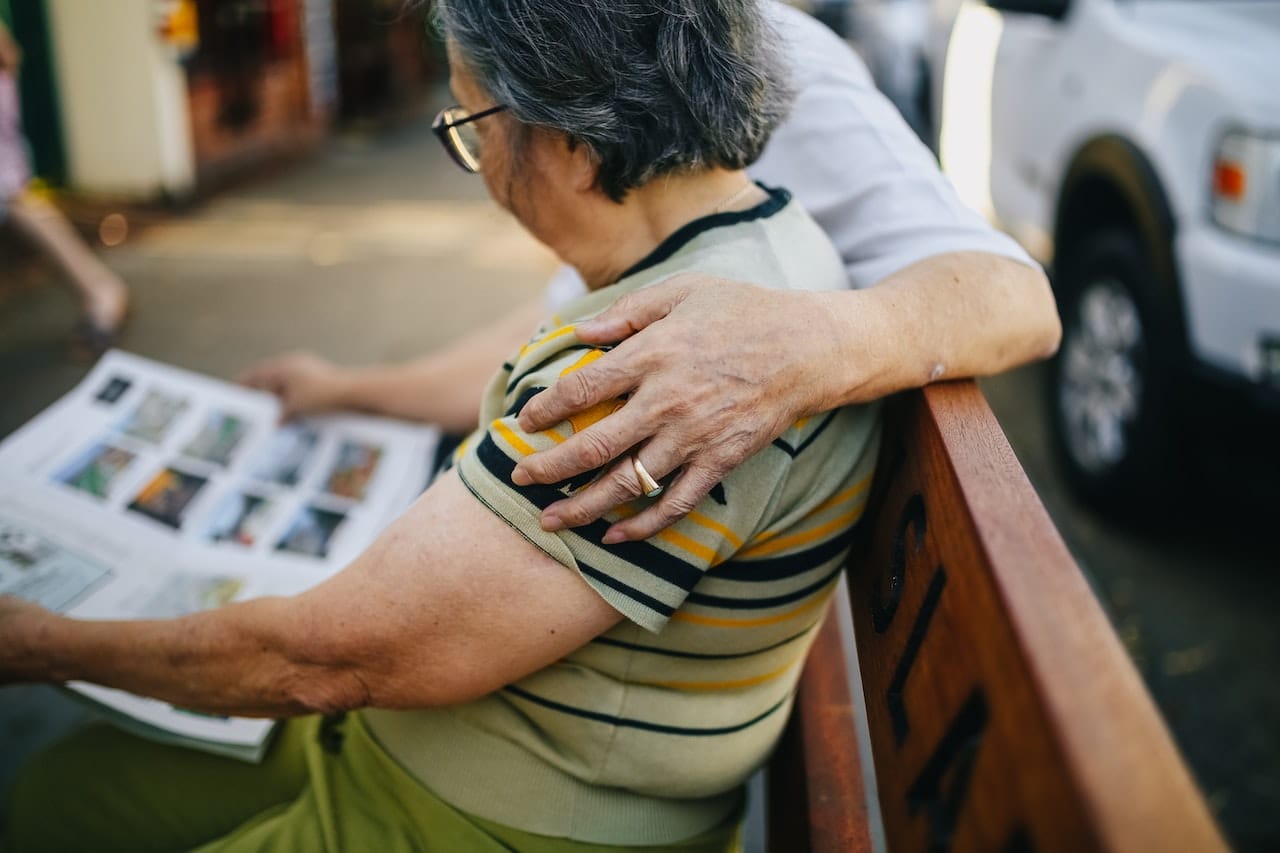What Makes Memory Care Successful?

With constant advancements happening in memory care communities across the nation, now is the best time to determine which person-centered program stands out above the rest when looking at long-term care for someone you love.
A comprehensive approach is needed to improve an older adult’s physical, mental, and social well-being. This includes strength-based programming that is built around whole body wellness.
There are many positive and significant results that come from this approach, including helping residents in the following ways:
- Increasing their self-esteem, sense of control, and sense of personal identity
- Preventing falls, injuries, and emergency room visits
- Helping them feel calm and relaxed
- Preventing or reducing any feelings of depression and anxiety
- Decreasing any distressed behavior (physical and verbal outbursts) through behavior intervention
How do you achieve these results? Enroll in a successful memory care program that has these elements in place:
1. Specialized Services for Memory Care
Senior living offers many different levels of care options, but in many cases, common nursing homes or assisted living facilities do not always offer specialized services for those with memory impairments to maintain an improved and dignified quality of life. Dementia care-focused communities have engaging memory care services and programs that are designed to promote current strengths, abilities, cognitive function, and social engagement.
Furthermore, specialized services should take a multi-dimensional approach to memory care, recognizing that all facets of a resident's life—both past and present—are interconnected.
By offering a range of activities that cater to their unique interests and abilities, these communities promote social interaction and a sense of purpose, enhancing residents’ overall quality of life.
2. Specially-Trained Teams
The approach to training staff members has shifted from strictly impairment-based medical care to a more holistic person-centered, abilities-based model. This involves maintaining a low staff-to-resident ratio to allow on-site caregivers to take the time to get to know each resident as an individual, learning about their unique experiences, interests, and what brings them a sense of purpose and joy.
Using input from the resident’s friends and family members, team members can create a personalized care plan that brings to life the resident's hobbies, interests, and personal experiences. This individualized approach allows residents to partner and thrive with team members that support their abilities.
By focusing on each person's strengths rather than their limitations, specialized care staff are able to provide an enriching and fulfilling experience that enhances the quality of life for residents.
3. Purposeful Environments
Every aspect of a memory care unit should be carefully planned and executed to create an optimal environment of comfort, security, and purpose for residents.
For example, a purpose-built community shines from the minute people walk in the door greeted by the front desk. They can sit down for a meal that is not only delicious but also tailored to the dietary needs of individuals with memory loss, Alzheimer's disease, and other forms of dementia.
Furthermore, because there are many unique challenges that come with dementia and cognitive impairment as the disease progresses, the environment should prioritize safety and well-being above all else. Communities should be equipped with advanced safety features and prevention methods for any “wandering” that might occur. But the purpose of the secure environment should never be to restrict a memory care resident, but instead to foster a nurturing and supportive atmosphere that promotes growth, development, and fulfillment.
4. Community and Family Involvement
Choosing a memory care community should be a decision made by both the senior individual and their loved one(s). Find a place that gives many opportunities for families to get involved in day-to-day life, such as fun activities that children and grandchildren can join, birthday party celebrations, walks together in the beautiful outdoor spaces and courtyards, delicious meals with new friends in the dining room, and more.
With essential tasks like activities of daily living, medication management, and personal care now being handled by the senior care providers, this frees up the family members to concentrate on more important things—like creating cherished memories together.
Need assistance finding the right community for your family’s needs? Give us a call—we would love to help you find your perfect fit!







